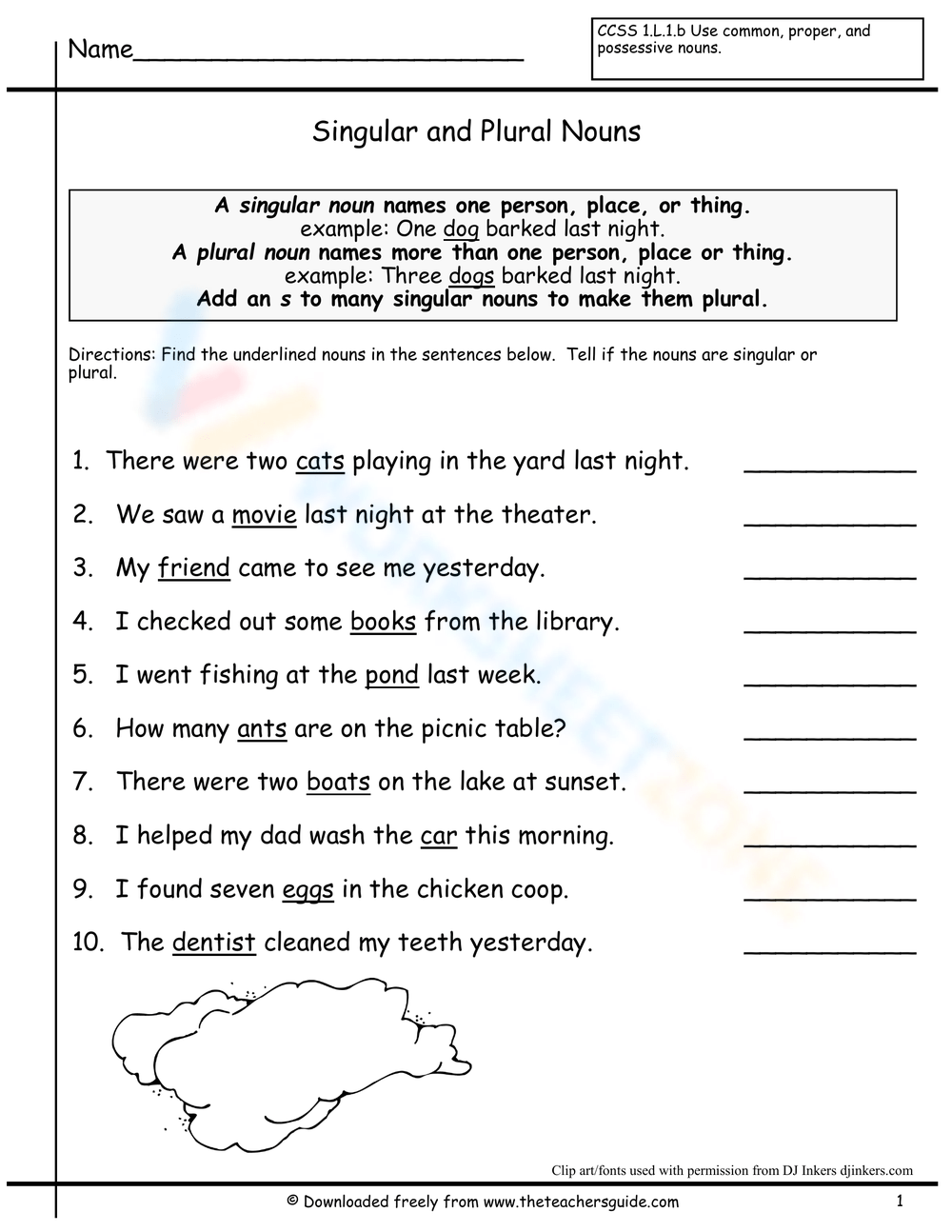Understanding plural nouns is an essential part of mastering the English language. Plural nouns refer to more than one person, place, thing, or idea. They are formed by adding an “s” or “es” to the singular form of a noun. Practicing plural noun exercises can help reinforce this concept and improve your overall writing and communication skills.
Plural noun exercises are a great way to test your knowledge and understanding of how to make a noun plural. By practicing these exercises, you can become more confident in using plural nouns correctly in your writing. This skill is important for clear communication and can help you avoid common grammar mistakes.
Examples of Plural Noun Exercises
1. Change the following singular nouns to plural form:
- Car – Cars
- Book – Books
- Child – Children
2. Fill in the blanks with the correct plural form of the nouns:
- I have two ________ (cat).
- She bought three new ________ (shirt).
- We saw many colorful ________ (flower) in the garden.
3. Identify the incorrect plural form of the following nouns:
- Apple – Apples
- Child – Childs (Incorrect)
- Box – Boxs (Incorrect)
Practicing these exercises regularly can help you improve your grammar skills and enhance your writing abilities. Whether you are a student looking to ace your English exams or a professional aiming to communicate effectively in the workplace, mastering plural nouns is a crucial step towards achieving your language goals.
In conclusion, plural noun exercises are a valuable tool for enhancing your language skills and ensuring clear and effective communication. By practicing these exercises, you can sharpen your understanding of plural nouns and avoid common grammar mistakes. So, take the time to work on plural noun exercises and watch your language proficiency soar!
